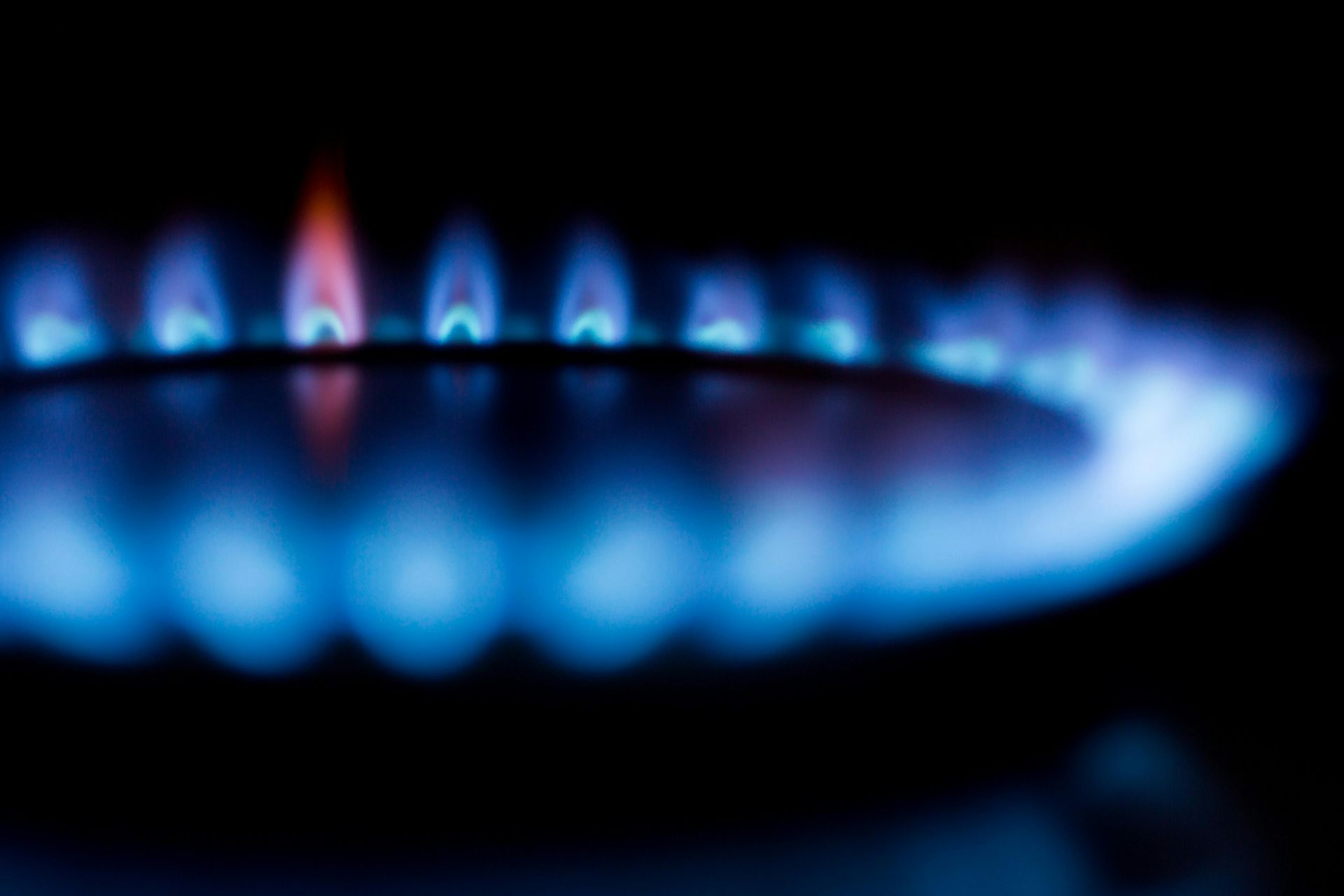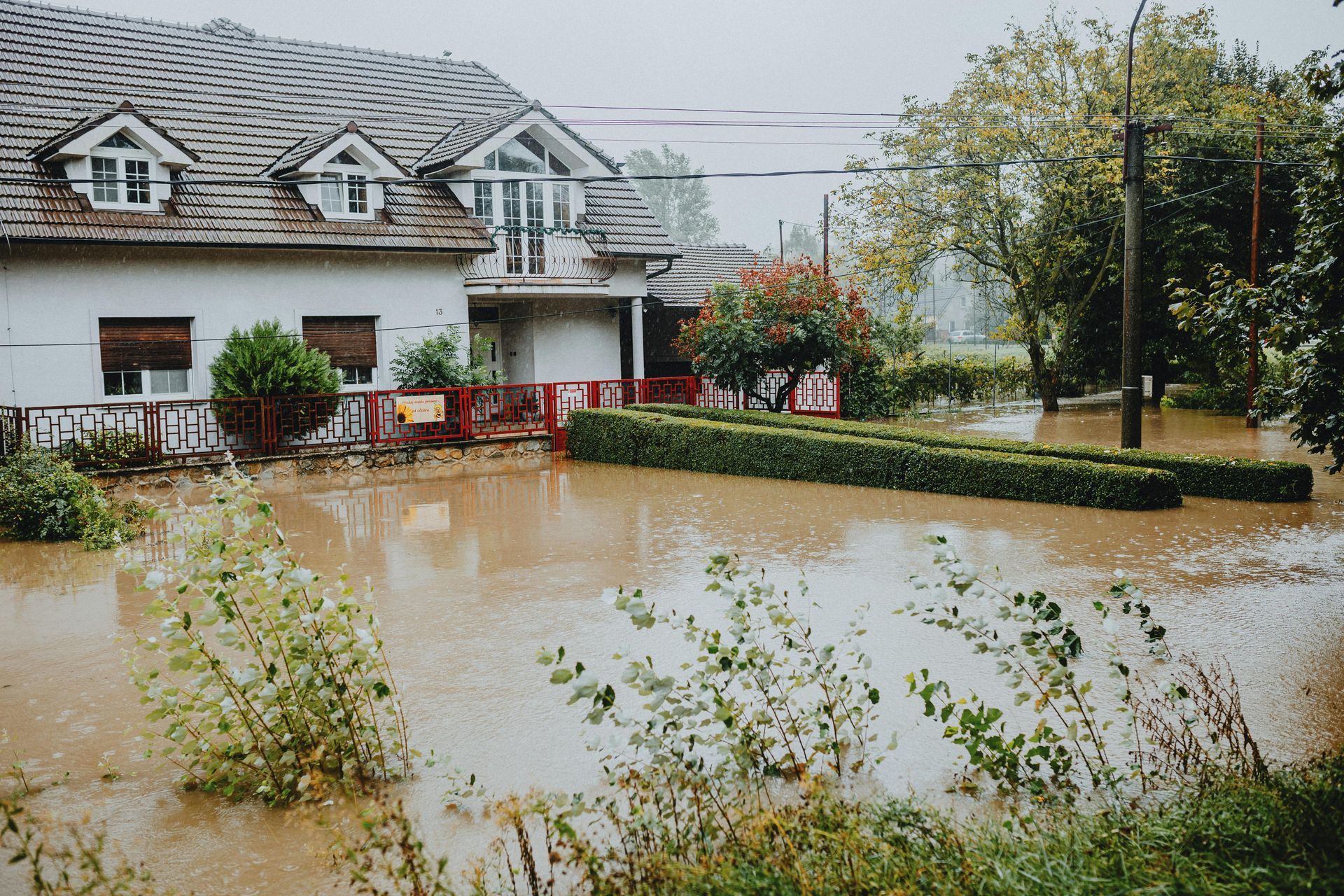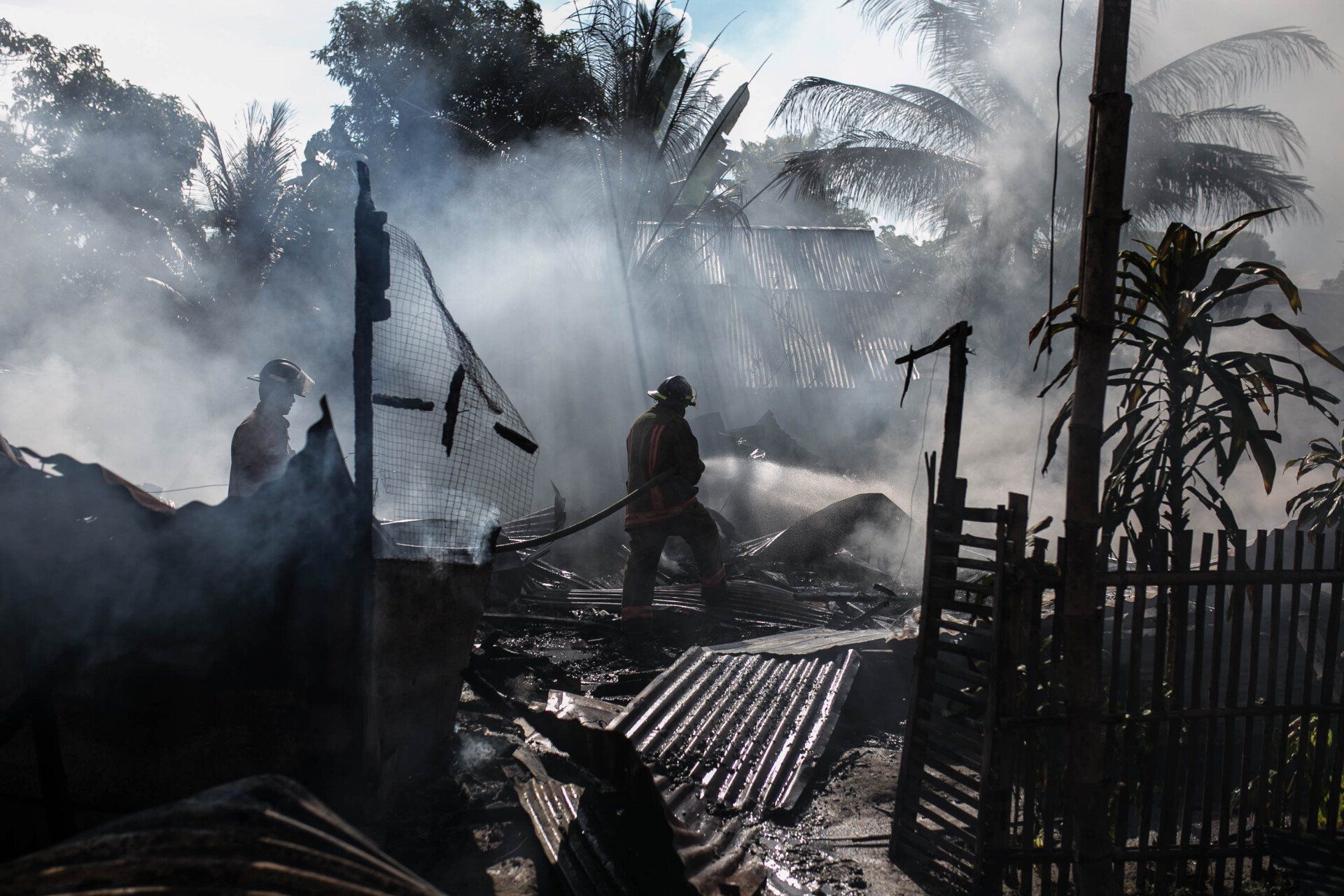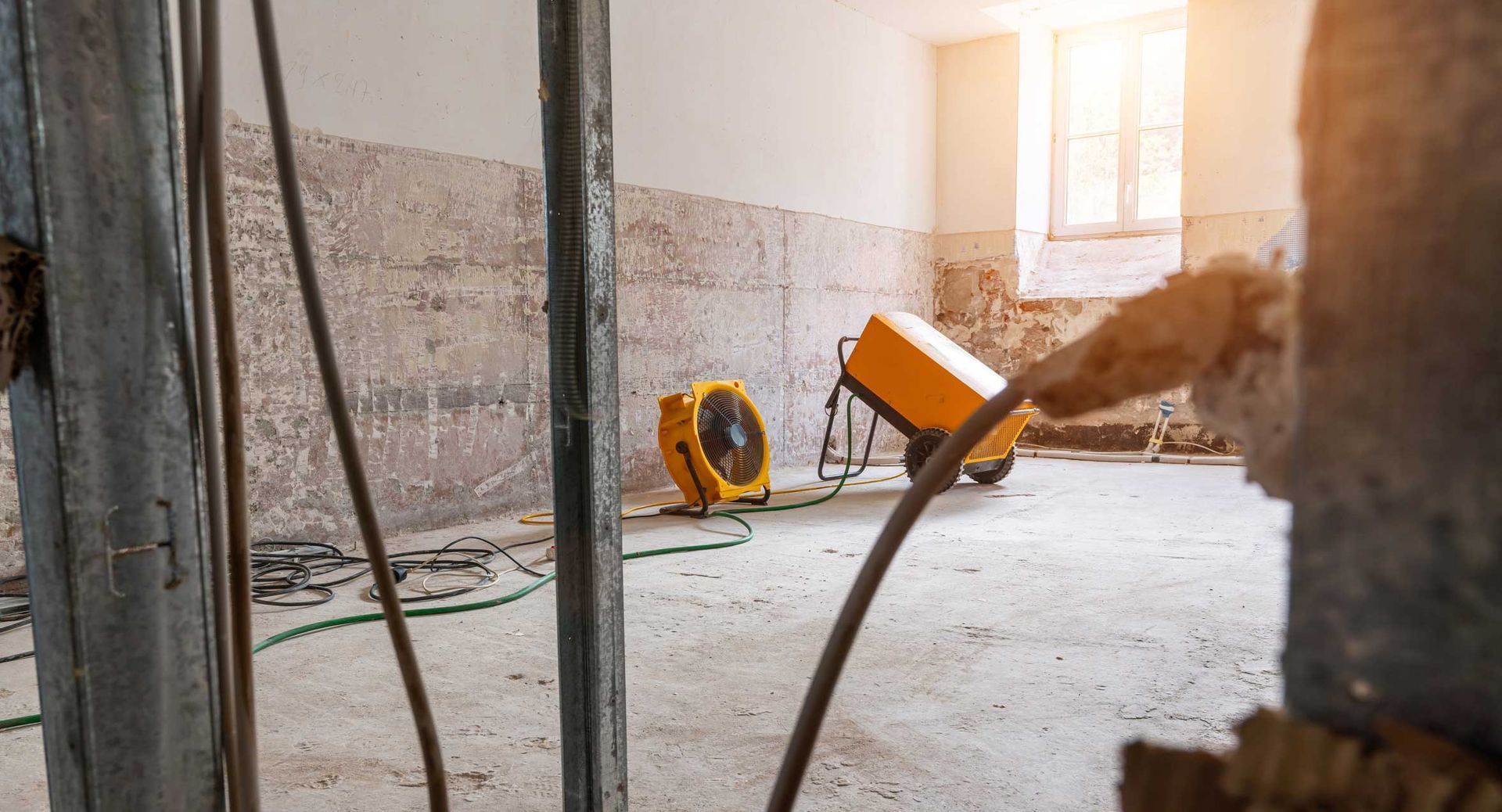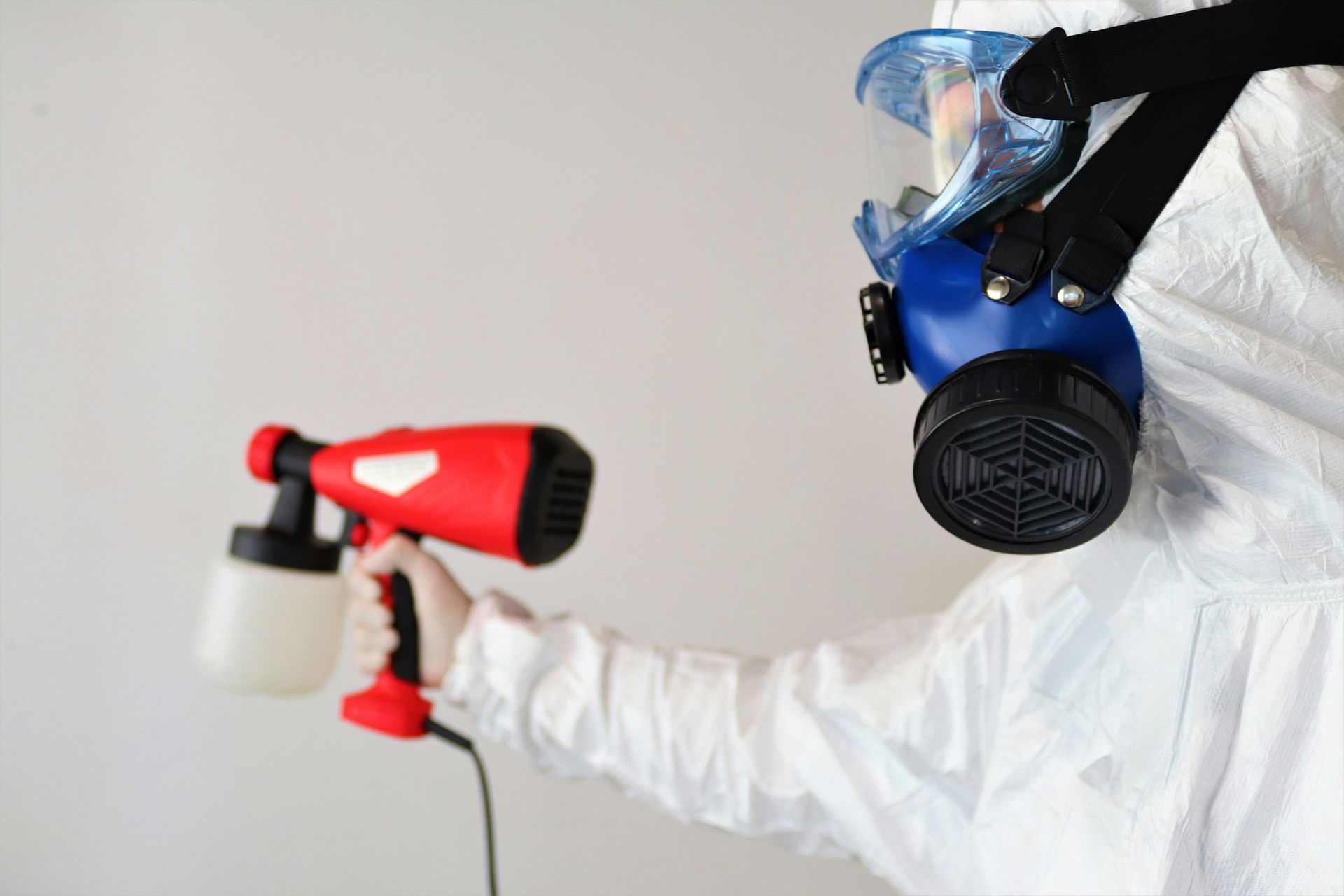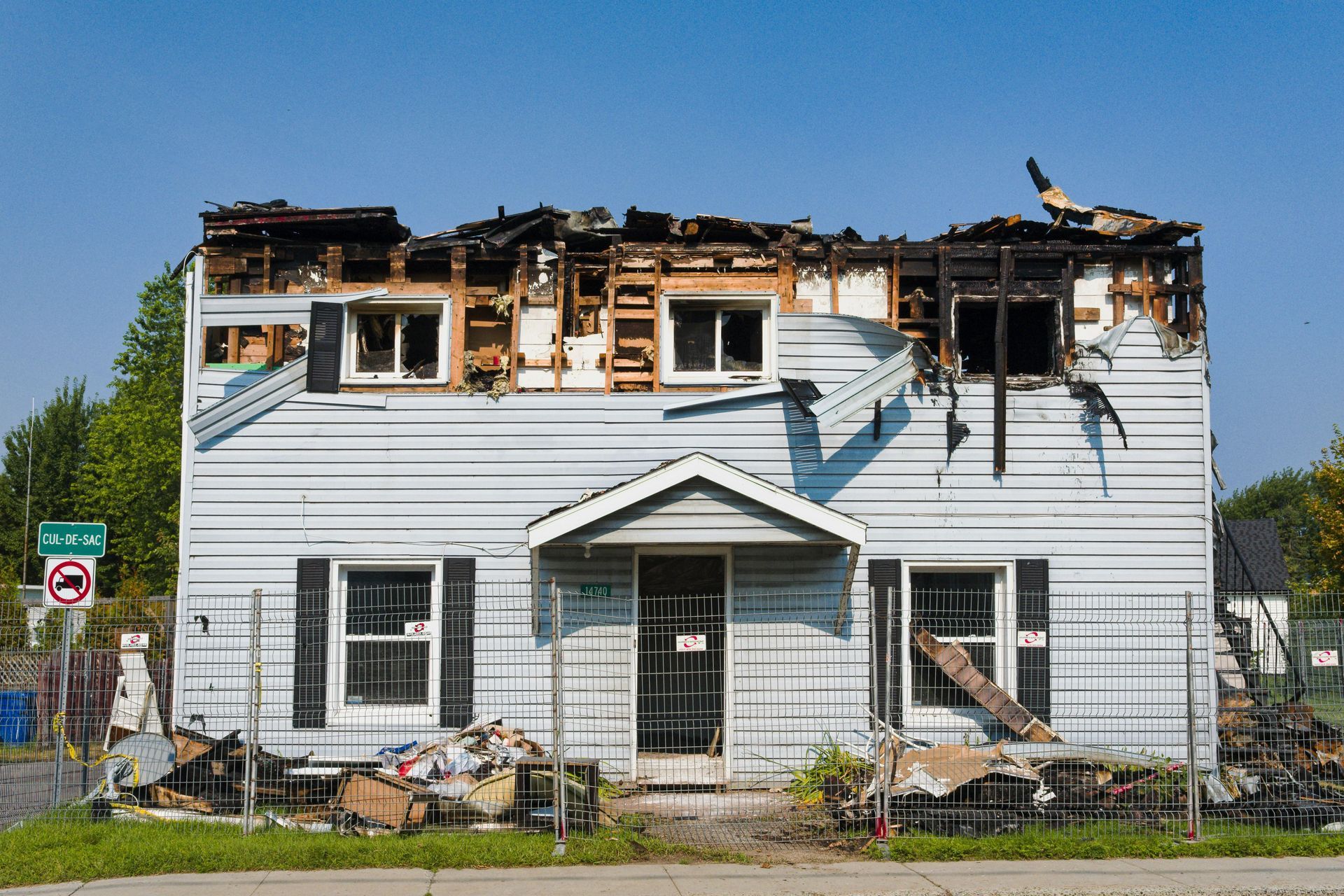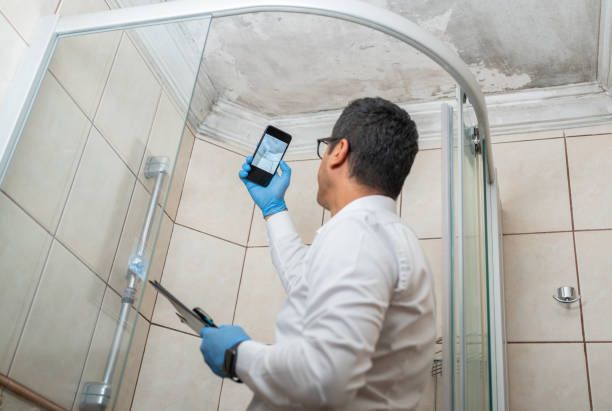Exploring the Health Benefits of Mold Remediation: An In-Depth Analysis
Essential Safety Measures to Protect Your Home from Fire Damage
Mold, a ubiquitous presence in both indoor and outdoor environments, poses significant health risks, especially when it proliferates within the confines of homes and buildings. While a certain level of mold spores is generally harmless and unavoidable, excessive mold growth, often hidden from view, can lead to serious health concerns. This article aims to shed light on the health benefits of mold remediation, providing readers with a comprehensive understanding of how mold impacts well-being and the importance of addressing mold issues promptly. We will explore the consequences of prolonged mold exposure and the immediate and long-term health benefits that mold remediation offers.
What is Mold, and Where Does it Grow?
Mold is a type of fungus that thrives in moist, damp environments and can be found both indoors and outdoors. It reproduces through tiny, airborne spores that settle on surfaces favorable to its growth. Among the various types of molds, black mold (Stachybotrys chartarum) is particularly notorious due to its association with severe health issues. Typically, molds favor areas like bathrooms, kitchens, basements, and any space where humidity levels are high, ventilation is poor, or water leaks are present. Conditions that promote mold growth include consistent high humidity, water intrusion from leaks, and inadequate airflow, creating an ideal breeding ground for these fungi.
Health Risks Associated with Mold Exposure
The presence of mold in homes can considerably escalate the health risks for inhabitants, making the need for immediate remediation not just a preference but a necessity. Prolonged exposure to mold spores significantly raises the stakes of developing respiratory problems, including asthma attacks, persistent cough, and difficulty breathing. Individuals often report allergic reactions manifested as skin rashes, eye irritation, and nasal congestion. Notably, mold's impact is not confined to the respiratory system; some studies suggest potential neurological effects, such as memory loss and lethargy, attributed to long-term exposure. The health risks of mold in homes are particularly acute for individuals with pre-existing conditions such as asthma or those with compromised immune systems. These groups may experience more severe symptoms and health complications, underscoring the importance of addressing mold issues promptly to safeguard health and well-being.
What is Mold Remediation?
Mold remediation is a detailed and critical process designed to identify, remove, and prevent mold growth within buildings. It begins with a thorough assessment of the affected area to determine the extent of mold infiltration and the appropriate remediation strategy. Following this, containment measures are put in place to prevent the spread of mold spores to other parts of the building during the removal process. Air filtration devices are employed to capture airborne spores, ensuring the air remains clean. The removal phase involves the elimination of all mold-infested materials, followed by meticulous cleaning of the area using specialized agents that eradicate any residual mold and spores. The final step in the remediation process is the restoration of the affected space to its original condition, which may include repairs or renovations as necessary. Companies specializing in mold remediation, like Northeastern Restoration, follow these systematic steps to ensure a safe and mold-free environment, aligning with health standards and regulations.
The Health Benefits of Mold Remediation
Mold remediation plays a critical role in enhancing indoor air quality and ensuring a healthy living environment. This section will explore the immediate and long-term health benefits of mold remediation, focusing on respiratory health, allergy reduction, and overall well-being.
Reduction in Allergy Symptoms
One of the most notable health benefits of mold remediation is the significant reduction in allergy symptoms often experienced by those exposed to mold. Allergenic molds can trigger a range of uncomfortable reactions, including sneezing, coughing, eye irritation, and skin rashes. When mold is properly removed from an environment, the allergens that contribute to these symptoms are also eliminated. This leads to a marked decrease in the frequency and severity of allergic reactions, benefiting individuals who are especially sensitive to mold. By addressing the source of mold growth and implementing prevention strategies, mold remediation not only enhances the quality of indoor air but also contributes to a healthier, more comfortable living environment.
Decrease in Respiratory Issues
The removal of mold through remediation significantly diminishes the incidence of respiratory issues among inhabitants of affected environments. Mold spores, when inhaled, can irritate the airways, leading to symptoms such as difficulty breathing, chronic cough, and, in severe cases, asthma exacerbation. By effectively eradicating mold colonies within living spaces, mold remediation acts to sharply decrease the volume of airborne spores, thereby reducing their inhalation and subsequent irritation to the respiratory system. This proactive approach to mold management not only alleviates immediate respiratory discomfort but also contributes to the long-term respiratory health of individuals, particularly benefiting those with pre-existing respiratory conditions or allergies.
Prevention of Severe Health Problems
In addition to mitigating respiratory issues and allergic reactions, mold remediation can significantly prevent more severe health concerns. Asthma sufferers may notice a marked decrease in exacerbations following professional mold removal due to the diminished presence of irritants that can trigger asthma attacks. Furthermore, addressing mold issues proactively can help avert potential neurological symptoms associated with long-term exposure, such as cognitive impairments and mood swings. By removing the source of mold and ensuring a clean, healthful living environment, remediation efforts contribute to safeguarding occupants from these advanced health risks, thus promoting overall well-being and preventing the escalation of mold-related health problems.
Improvements in Mental Health
Living in a mold-free environment significantly contributes to enhancements in mental health by alleviating the stress and anxiety associated with potential health risks. When individuals are aware that their living spaces are free from the threats posed by mold exposure, there is a palpable decrease in worry concerning the development of respiratory issues, allergic reactions, and other health-related concerns. This peace of mind fosters a sense of safety and security, enabling residents to relax and enjoy their environment without the constant fear of health hazards. Consequently, the resultant reduction in stress levels not only promotes mental well-being but also reinforces a positive, healthful living space conducive to overall happiness and comfort.
Enhanced Quality of Life
The eradication of mold through comprehensive remediation processes substantially contributes to a more comfortable and inviting living space, thereby enhancing the overall quality of life for its occupants. A clean, mold-free environment eliminates the musty odors and unsightly stains often associated with mold growth, creating a more aesthetically pleasing and sanitary living condition. This cleanliness directly influences inhabitants' psychological and emotional well-being, promoting a sense of pride in their living space and peace of mind about their health. Furthermore, the augmented air quality and reduction in health risks foster an environment where individuals can thrive, not just physically but also in their social and emotional lives, making every moment at home more enjoyable and fulfilling.
Why Choose Professional Mold Remediation Services?
Choosing professional mold remediation services like Northeastern Restoration is crucial for ensuring effective and thorough mold elimination from affected areas. Professionals in this field bring a wealth of expertise and specialized training that the average homeowner simply does not possess, enabling them to accurately identify all affected areas, including those not immediately visible. They are equipped with advanced tools and utilize scientifically proven methods for mold removal, significantly reducing the likelihood of recurrence compared to DIY efforts.
Furthermore, professionals implement stringent containment and air filtration techniques during the remediation process, preventing the spread of spores to other parts of the building. Importantly, professional services include post-remediation verification, a critical step to guarantee the complete eradication of mold and to ensure the environment is safe and healthy for inhabitants. This comprehensive approach underscores the importance of leveraging professional services for mold remediation to maintain a clean, safe, and mold-free living or working space.
